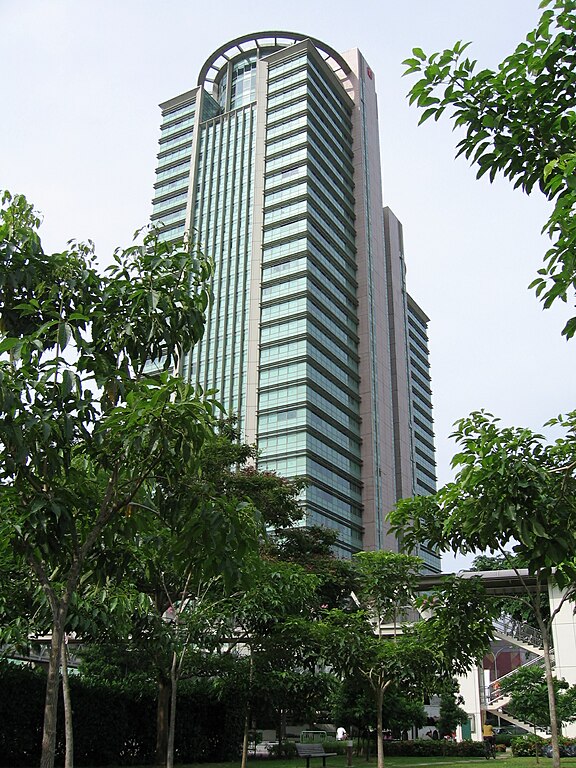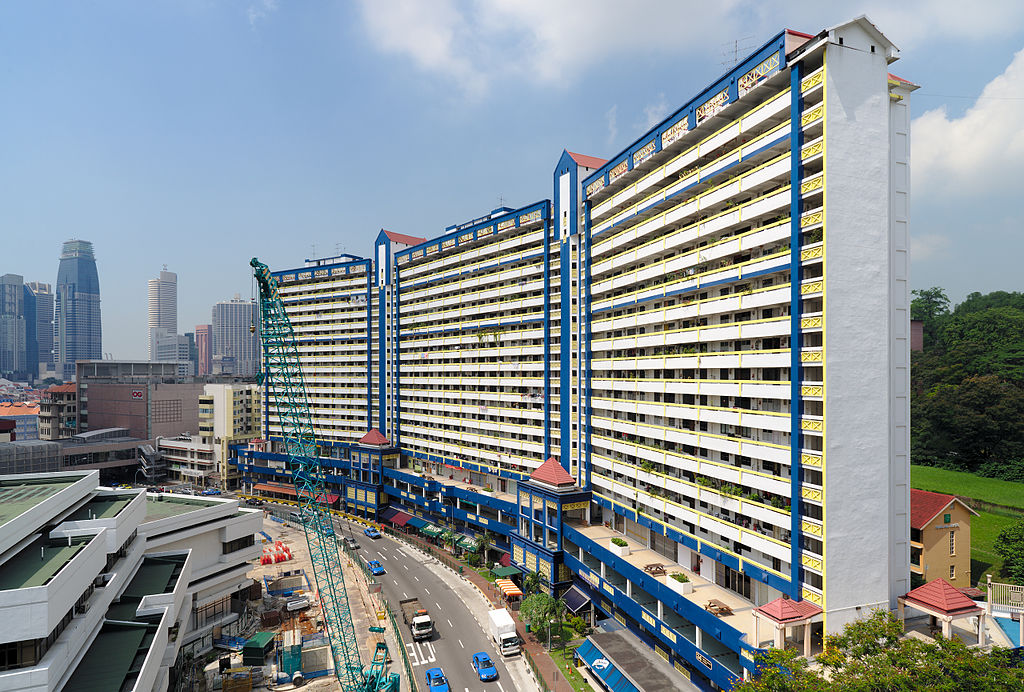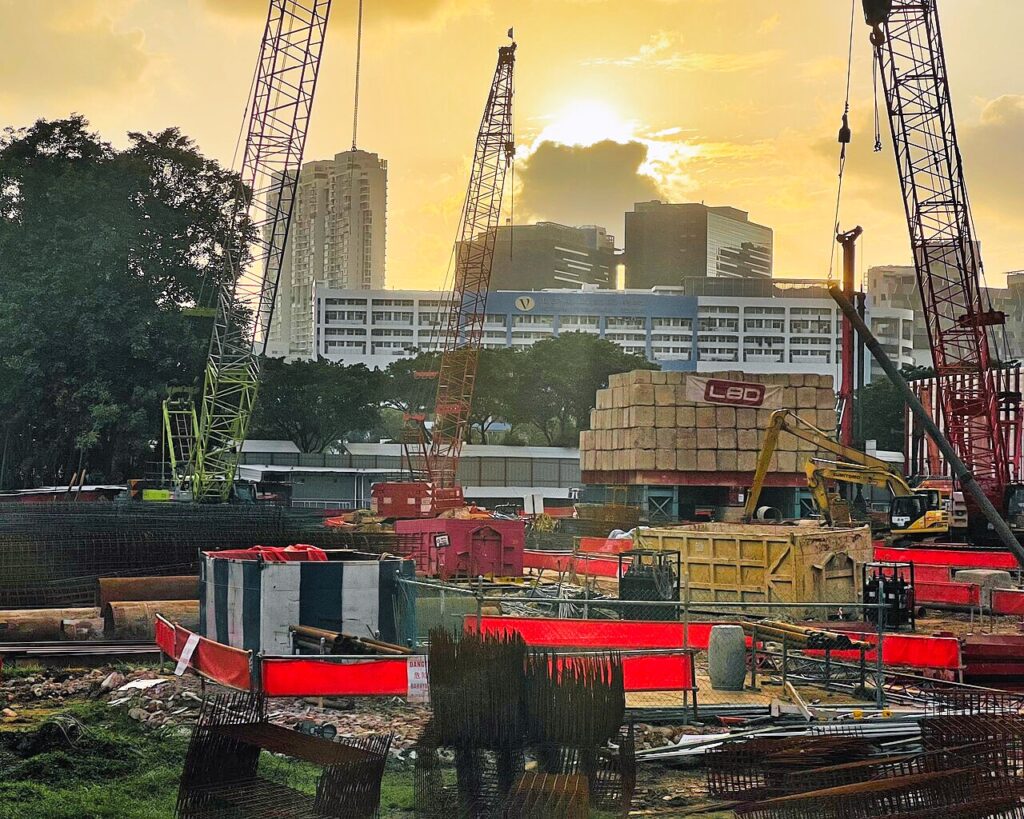
In February 2023, a few months after I departed from my field site in Singapore, the Deputy Prime Minister announced significant changes to Singapore’s housing policies. In his eagerly anticipated budget speech for 2023, Lawrence Wong reaffirmed Singapore’s commitment to nurturing familial aspirations among Singaporeans and proceeded to outline measures aimed at reducing the uncertainties faced by (heterosexual) couples in their housing journeys. Chief among these measures was the granting of extra balloting chances to families with children and young married couples aged 40 and below (Ong, 2023). 1 Previously, both engaged and married couples received two ballot chances each, whereas now legally married couples and married couples with children would receive three balloting chances.
This announcement and its implications must be understood within context. Approximately 80% of Singaporeans reside in public housing flats (Lin, 2022), 2 representing some of the highest flat ownership rates in Asia and underscoring the success of Singapore’s public housing model—a model that Singaporeans and its leaders rightly take pride in. However, this success comes with a caveat. In Singapore, flat ownership is contingent upon adhering to and staying on a particular life path.
In brief, there are several pathways to acquiring a public flat. Among them, the Build-to-Order (BTO) housing program, known locally as “BTO,” is the most affordable and accessible route for Singaporean citizens to own a public flat. Eligibility to apply for a BTO before the age of 35 hinges on the formation of—or in the case of engaged couples, the intention to form—a conventional family nucleus. 3 (Singles may participate after 35.) 4 Eligible couples or families submit an online application, which is then entered into a computer-generated ballot. This ballot, occurring four times a year, can induce significant anxiety, as couples may succeed on their first attempt or as late as their 13th try. 5

It is this anxiety and uncertainty that the Deputy Prime Minister sought to alleviate by offering married couples more balloting chances. Returning to the formalities of the BTO process, couples must then wait 3 to 6 years for the flat to be built, and they risk losing their down payment (an amount that can be as high as 20,000 Singapore dollars) 6 if they separate or divorce during this period. Subsequently, after moving into the flat, they must fulfil what is termed a Minimum Occupation Period. For those who balloted as a married or engaged couples this typically entails remaining married and residing in the flat for a period of five to ten years, depending on the location of the flat. In other words, access to a subsidized flat in Singapore before the age of 35 is heavily contingent upon coupling and maintaining that union.
During my PhD fieldwork, I began to realize that what I was studying was not merely housing policy, but rather people’s endeavours to live together, and the various modes of romantic labour they engage in to synchronize their relational lives with grant, balloting, and flat building cycles. Particularly, I observed my interlocutors, many of whom were still in university, attempting to pre-empt uncertainties in balloting and long wait times by committing to serious relationships early. The idea was that finding a partner early would enable them to wait out multiple balloting attempts and access optimal grant opportunities. Often, they disclosed to me that their BTO partner was also their first romantic partner.
To facilitate this accelerated romantic trajectory, my interlocutors often adopted a decidedly pragmatic attitude toward romance. They sought not necessarily passion or love, but rather what Adely (2016) 7 termed compatibility when writing about marriage in Jordan. Compatibility, for Adely and for my interlocutors as well, referred to “more practical issues of financial security, the ability of a couple’s families to get along, as well as shared expectations of married life” (103). When one girl realized that her then-partner was not aligned with her romantic schedule, she reached out to her friends to ask if she should “leave now and cut my losses”. In a departure from conventional romantic timelines, I observed my interlocutors transitioning courtship to the period after they had already made a down payment for a flat but before the flat was ready. In essence, they committed to purchasing a flat together (and indirectly, to marriage), and then sought to determine or mold each other into the right marital or cohabiting partner. The implication seemed to be that, as one interlocutor expressed, a “person can be made right”. Another stated that the interim wait for the flat was a “rehearsal” for marriage. Yet, despite their best efforts, I also witnessed relationships fail. Ironically, they failed not despite, but often because of, attempting to fit their romantic lives onto a narrow path.

When one of my primary interlocutors, a 23-year-old Chinese-Singaporean woman named Grace, broke up with her boyfriend of a few years in the middle of my fieldwork, it came as a shock to both of us. They had already selected a unit and made their first down payment for the flat. She had diligently assessed their compatibility and conducted due diligence with extreme care. In fact, when they first got together, she asked him a list of questions about how he would handle familial conflict, his approach to finances, and his views on children. Satisfied that he was a stable partner who could be trusted for the long term, they agreed to ballot together. The irony was that when they broke up, the reasons she pointed to had nothing to do with their life goals or finances. Instead, she said she felt that he was almost too stable for her – “attraction mounts for him the more stable our relationship is, but I realize that it doesn’t work for me this way.” She had simply fallen out of love, and consequently lost her down payment. She was not alone. While some of my interlocutors managed to devise ingenious kinship solutions to circumvent flat restrictions, many realized that the romantic arrangements they sought in their schooling years or early twenties were not what worked best for them. In other words, paradoxically, the pursuit of the stability incentivized by the BTO generated more modes of romantic and financial uncertainties.
This is why I was uncertain about how to interpret the announcement regarding married couples receiving more balloting chances. A starting point could be to bemoan the continued lack of attention paid to the needs of those whose life trajectories differ from statist reproductive visions—such as single mothers, queer couples, and others. However, even among the group explicitly prioritized by the BTO, there appears to be a romantic hierarchy in effect. The recent change evidently favors married couples over engaged couples. In a Today article (Ong, 2023), 8 an interviewee is quoted as saying that the change would offer “some safety net so that if the timeline does not fit and we get married, after we get married, we’ll at least have some advantage.” In theory, I understand how this change could potentially alleviate some of the pressure to enter into relationships early. Couples could initially ballot multiple times as an engaged couple, and when they are ready to commit, they could then marry and ballot for a flat together. With increased balloting chances, they are now more likely to secure a flat. This, theoretically, should reduce the uncertainty that couples feel about obtaining a flat, a factor that supposedly drives young couples to rush into the ballot. However, I remain cautious. If housing supplies do not increase significantly, 9 this would imply that it would become more difficult for engaged couples to secure flats, while marginally easier for married couples. In other words, it would extend an already exclusionary criterion – between singles and normatively coupled individuals – to the differentiation between engaged and legally married couples.

While couples enter the BTO with the expectation and hope of eventual marriage, they also understand the inherent risks involved. For my interlocutors, expediting marriage closer to key collection was a strategy to limit potential entanglements in the event of a relationship breakdown. This remains a relevant concern considering the need to meet grant deadlines and the wait for a flat, which means the need to start finding a partner young might not change significantly. I worry that what has changed now is that some couples might feel that instead of using the waiting time as a “rehearsal,” a prelude to marriage, they might now feel incentivized to simply get married. This timeline, at least in the iteration that I found in the field, leaves little room for young people to evolve, to experiment, and to figure out who they are and what they want in a romantic relationship and marriage. We talk a lot about aspirations in Singapore – aspirations for a flat, for children, for marriage – that we seem to forget that desire, and the different but often messy paths through which people discover themselves and their needs, are also part of the calculus of life. Forgetting this ironically produces more, not less, romantic and, if one were to count the potential loss of a down payment, financial instability.
Joy Xin Yuan Wang
Joy is a PhD Candidate at the University of Cambridge, Department of Social Anthropology.
Notes:
- Ong, Justin . 2023. “Additional BTO Ballot Chance for ‘Prioritised First-Timers’ a Fairer Move than Reserving More Flats for Them: Analysts.” TODAY. February 16, 2023. https://www.todayonline.com/singapore/prioritised-first-timers-hdb-bto-flats-2109006#:~:text=the%20previous%20day ↩
- Lin, Chen. 2022. “Singapore Sees the Rise of Million-Dollar Public Housing.” Reuters, August 31, 2022, sec. Asian Markets. https://www.reuters.com/markets/asia/singapore-sees-rise-million-dollar-public-housing-2022-08-31/ ↩
-
In brief, an official family nucleus in Singapore is generally defined as
- a) If you are married, you, your spouse, and your children (if any). b) If you are single: you and your parents. c) If you are widowed/divorced/separated: you and your children under your custody. d) Fiancé and fiancée e) Orphaned siblings
Marriage is central to the eligibility criteria because four out of the five officially endorsed pathways to forming a family nucleus flow from marriage. Note, for example, that option C does not account for mothers and fathers who have children out of wedlock. ↩
- n August 2023, after this essay was written, the government announced greater changes to housing in Singapore. Two major changes included the recategorization of mature and non-mature estates into three categories- Standard, Plus, Prime. Prior to this change singles looking to purchase to BTO flats could only purchase 2-room flats in non-mature estates. While Singles continue to be limited in the size of BTO flat they can purchase (only 2-bedroom flats), they are now allowed to purchase flats from any location. (See this article for the details of the new changes https://www.channelnewsasia.com/singapore/national-day-rally-2023-hdb-flats-singles-prime-bto-resale-3711471) ↩
- In the field I met couples who only succeeded on the 11th time. This rice media article suggests that it is possible to fail 13 times at the ballot: https://www.ricemedia.co/bto-hdb-singapore/ ↩
- Fong, Kenneth . 2021. “Planning to Break-up after You BTO-Ed? You Might Lose about $40,000!” Blog.seedly.sg. September 25, 2021. https://blog.seedly.sg/break-up-bto-hdb-application/ ↩
- Adely, Fida. “A different kind of love: compatibility (Insijam) and marriage in Jordan” The Arab Studies Journal, Vol. 24, no. 2, 2016, pp. 102–27. ↩
- Ong, Justin . 2023. “Additional BTO Ballot Chance for ‘Prioritised First-Timers’ a Fairer Move than Reserving More Flats for Them: Analysts.” TODAY. February 16, 2023. https://www.todayonline.com/singapore/prioritised-first-timers-hdb-bto-flats-2109006#:~:text=the%20previous%20day ↩
- The government has made promises and proposed measures to increase the supply of BTO flats. The most recent signs in February 2024 appear promising, with some flats promised to be delivered in a timeframe of within three years (https://www.straitstimes.com/singapore/housing/19600-bto-flats-to-go-on-sale-in-2024-over-three-exercises-instead-of-four-desmond-lee). However, how this will play out and how the acceleration of flat delivery will affect romantic timelines and decisions is yet to be seen. ↩
